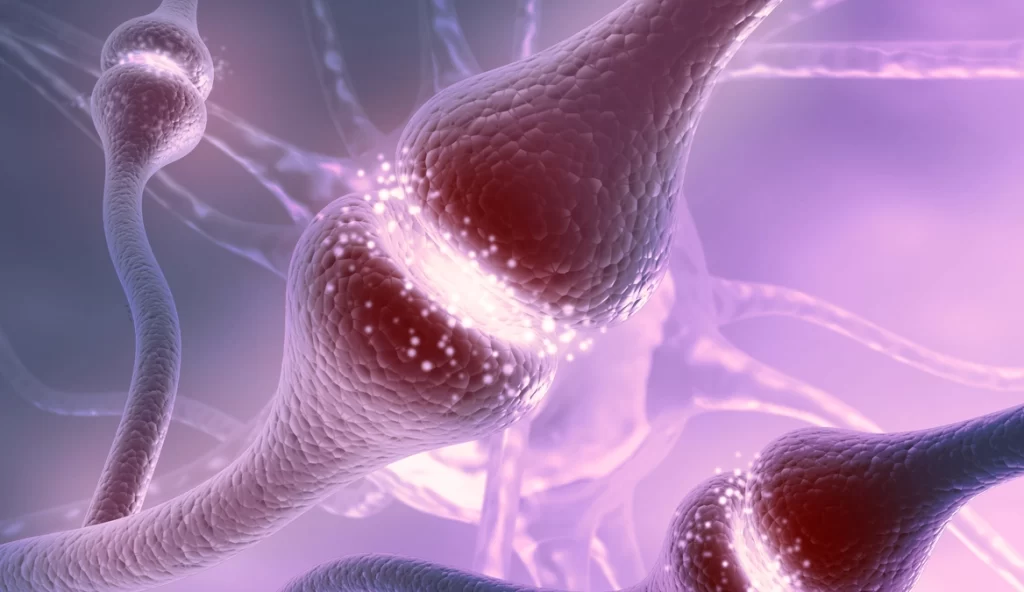Between stimulus and response, there is a space. In that space lies our ability to choose our response. In our response lies our power and growth, and ultimately, our freedom. This profound idea, adapted from Viktor Frankl, serves as the foundation for this #BetterByFriday post on the Window of Tolerance.
I also did a video on this, you can watch it here.
The Window of Tolerance is a concept introduced by Dr. Dan Siegel in his book The Developing Mind. It represents the optimal zone of arousal where we function most effectively, emotionally and physically. Imagine it as a balance point—when everything is aligned, we remain within this window. However, if we shift too far in either direction, we find ourselves outside of this balance, either in a state of hyperarousal or hypoarousal.
Understanding Hyperarousal and Hypoarousal
When we are hyperaroused, our sympathetic nervous system takes over, propelling us into a fight-or-flight mode. This state can manifest in various ways, such as feeling anxious, restless, tense, or hypervigilant. Physiologically, it may present as a racing pulse, rapid breathing, and an inability to stay calm. Emotional reactions like panic or rage are also common.
On the other end of the spectrum lies hypoarousal, often associated with the freeze response. In this state, we may feel numb, detached, or fatigued. Our motivation wanes, and even the thought of exercise or activity can seem overwhelming. Physiologically, hypoarousal might present as a slowed heart rate, low blood pressure, and shallow breathing.
The Expanding and Contracting Window
Our Window of Tolerance isn’t static; it expands and contracts based on a variety of factors, including early childhood experiences, training, education, and general life experiences. For each of us, this window can vary from moment to moment, depending on the situation.
The challenge we face is recognizing when we’re nearing the edges of our Window of Tolerance and understanding what it looks like when we’re about to enter either a hyperaroused or hypoaroused state.
Three Steps to Manage Your Window of Tolerance
To help you navigate and expand your Window of Tolerance, I recommend three key steps: Map It, Develop an Escape Plan, and Expand It.
1. Map It
The first step is to map out your Window of Tolerance. There are several tools available, such as those from Neurodivergent Insights and PositivePsychology.com, that can help you identify your window under different conditions. Mapping involves understanding what triggers you into either a hyperaroused or hypoaroused state. I’ll include links to some helpful practices in the video description so you can start your mapping journey.
2. Develop an Escape Plan
Once you’ve mapped out your Window of Tolerance, the next step is to develop an escape plan. This plan should include strategies for both upregulating out of a hypoaroused state and downregulating out of a hyperaroused state.
Upregulating from Hypoarousal
To upregulate, or elevate your energy and engagement levels, consider incorporating physical exercise into your routine. Yes, as a retired First Sergeant, I’m partial to PT, but there are other effective methods too. Breathing exercises, listening to upbeat music, engaging in stimulating activities, getting sunlight, and even drinking some caffeine can all help lift you out of a hypoaroused state.
Downregulating from Hyperarousal
To downregulate from a hyperaroused state, you might start with breathing exercises, like the physiological sigh, which I’ve discussed in previous videos. Mindfulness practices, such as taking a walk, guided imagery, or bilateral tapping, can also be effective. Check out Andrew Huberman’s podcast on binaural beats for more insights. And, of course, PT works here as well.
3. Expand It
The final step is to expand your Window of Tolerance. We all have this window, and while we’ve discussed mapping it and recognizing when we’re approaching its edges, the key now is to find ways to gently push those boundaries. Identify what you can do at the edge of your comfort zone to grow just a little bit more each day.
Continuous Growth: Better by Friday
By understanding and managing our Window of Tolerance, we unlock the power to respond more effectively to life’s challenges. This practice not only promotes growth but also brings us closer to the freedom that Viktor Frankl so eloquently described.
To help you on this journey, I’ve included an article from Neurodivergent Insights, a video from Andrew Huberman on binaural beats, and a link to Dr. Siegel’s book. These resources provide practical strategies to help you make those incremental improvements—so you can truly be Better by Friday.


